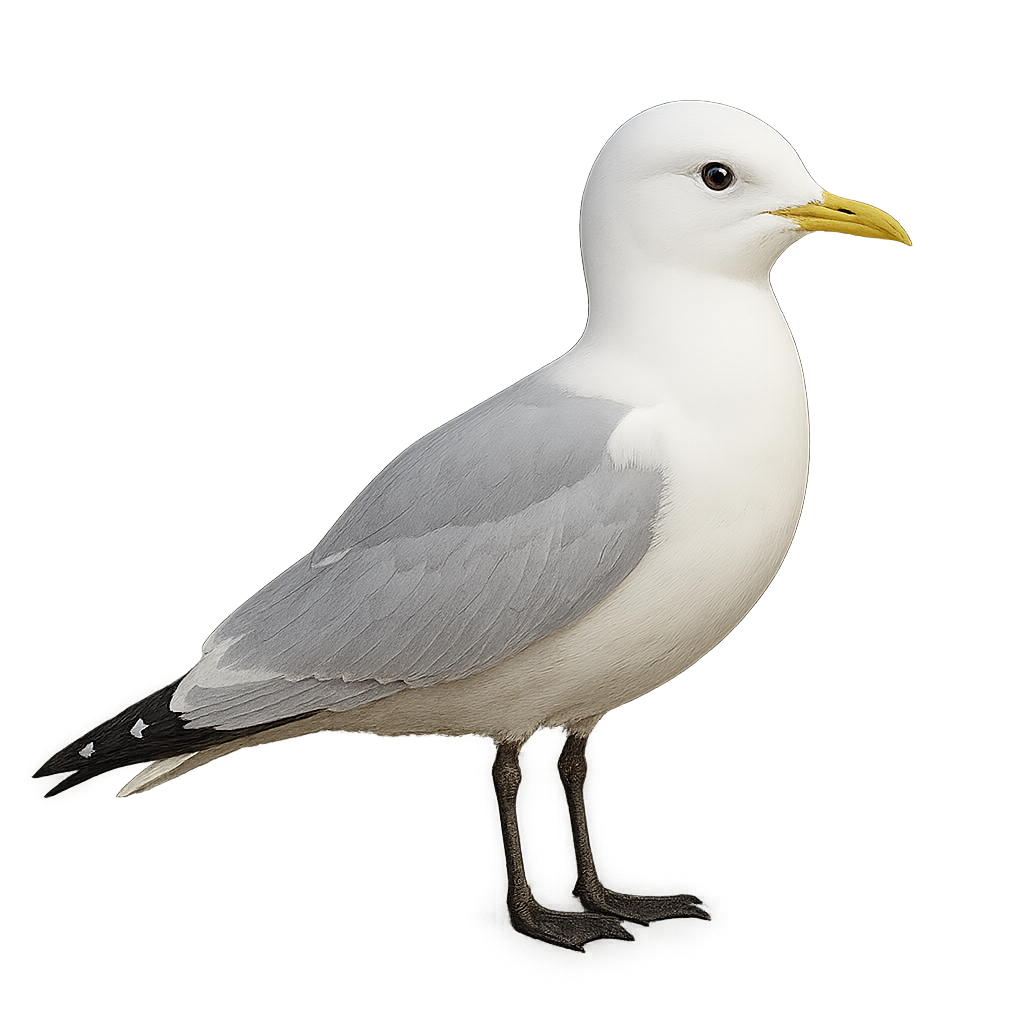Your wildlife photography guide.
Explore the black-legged kittiwake in detail, study its behavior, prepare your shots.
Where to observe and photograph the black-legged kittiwake in the wild
Learn where and when to spot the black-legged kittiwake in the wild, how to identify the species based on distinctive features, and what natural environments it inhabits. The WildlifePhotographer app offers tailored photography tips that reflect the black-legged kittiwake’s behavior, helping you capture better wildlife images. Explore the full species profile for key information including description, habitat, active periods, and approach techniques.
Black-legged kittiwake
Scientific name: Rissa tridactyla

IUCN Status: Least Concern
Family: LARIDAE
Group: Birds
Sensitivity to human approach: Suspicious
Minimum approach distance: 30 m
Courtship display: April to May
Incubation: 25-30 jours
Hatchings: April to June
Habitat:
Sea cliffs, islands, and rocky coasts, mainly in Arctic and subarctic regions of the Atlantic and Pacific
Activity period :
Primarily active during the day, with peak activity in the morning and late afternoon.
Identification and description:
The Black-legged Kittiwake is a medium-sized gull, measuring about 40 to 45 cm in length, with a wingspan of 90 to 110 cm. It is easily recognizable by its white plumage with light gray wings and a black head during the breeding season. What particularly distinguishes this gull is the shape of its tail, which is deeply forked, hence its name "tridactyla." It primarily inhabits coastal regions of the North Atlantic, notably in rocky areas, cliffs, and subarctic islands. The Black-legged Kittiwake feeds mainly on fish, crustaceans, and marine insects. It is often seen flying over the water in search of food or resting on rocks. Although the population of this species is stable, it may be threatened by human disturbances, particularly the disruption of breeding colonies and marine pollution.
Recommended lens:
400 mm – adjust based on distance, desired framing (portrait or habitat), and approach conditions.
Photography tips:
To photograph the three-toed gull, a telephoto lens is ideal for capturing its movements in the air or when it rests on cliffs. Take photos early in the morning or at dusk, when the light is soft and more pleasant. Be discreet and respect their space to avoid disturbing their natural behavior, especially during the breeding season.
The WildlifePhotographer App is coming soon!
Be the first to explore the best nature spots, track rutting seasons, log your observations, and observe more wildlife.
Already 1 427 wildlife lovers subscribed worldwide

